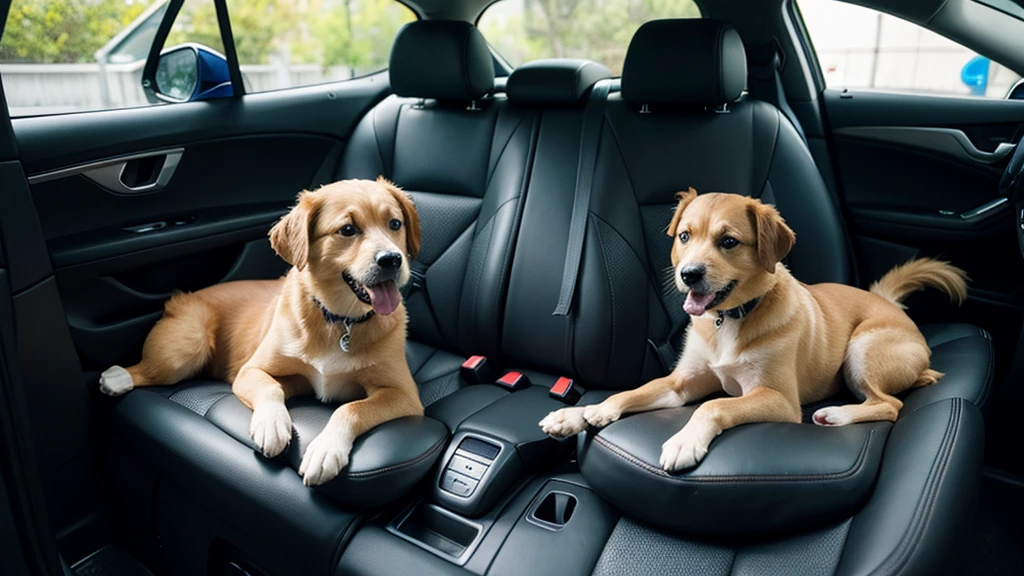Chocolate can be a delicious treat for people, but a dangerous poison for dogs. Theobromine and caffeine, present in chocolate, can cause serious medical emergencies for our canine companions. Understanding the risks, signs of toxicity, and appropriate actions can be critical for any dog owner.
Understanding the toxicity of chocolate:
Chocolate contains theobromine and caffeine, chemicals that can speed up the heart rate and stimulate the nervous system in dogs. The level of toxicity varies depending on the type and amount of chocolate consumed, as well as the weight of the dog. Cocoa powder scores the highest in terms of theobromine content, followed by unsweetened bakery chocolate, semisweet chocolate, dark chocolate, and milk chocolate. A chocolate toxicity calculator can help assess the level of risk based on these factors.
Recognize the signs of chocolate poisoning:
Symptoms of chocolate poisoning usually occur six to 12 hours after ingestion and can include vomiting, diarrhea, restlessness, increased urination, tremors, increased heart rate, seizures, and even fainting or death. Older dogs and dogs with underlying health problems are at higher risk, and prompt recognition of symptoms is crucial for timely intervention.
Immediate actions if your dog eats chocolate:
If you suspect your dog has ingested chocolate, contact your veterinarian immediately or seek advice from the Pet Poison Helpline. Depending on the situation, your veterinarian may recommend monitoring the dog for symptoms or taking it for an evaluation. If ingestion has occurred within the last two hours, inducing vomiting and administering activated charcoal can help expel toxins from the body.

Preventive measures to protect your dog:
Preventing access to chocolate is of utmost importance to protect your dog’s health. Keeping chocolate products, including cocoa powder and hot chocolate, out of reach and educating family members and guests about the dangers of chocolate consumption are crucial steps. During holidays or special occasions, be vigilant and keep chocolate-based treats and gifts out of dogs’ reach.
Training your dog with commands such as “leave it” can also help prevent accidental ingestion of harmful substances. Additionally, crate training provides a safe environment for your dog when unsupervised, reducing the risk of exposure to chocolate or other dangers.
Conclusion:
Chocolate toxicity poses a serious threat to dogs, but with awareness, vigilance, and quick action it can be effectively controlled. Understanding the risks associated with chocolate consumption, recognizing the signs of poisoning, and taking immediate action if ingested are essential responsibilities of every dog owner. By implementing preventative measures and being prepared to respond in the event of an emergency, we can ensure the safety and well-being of our beloved canine companions.



